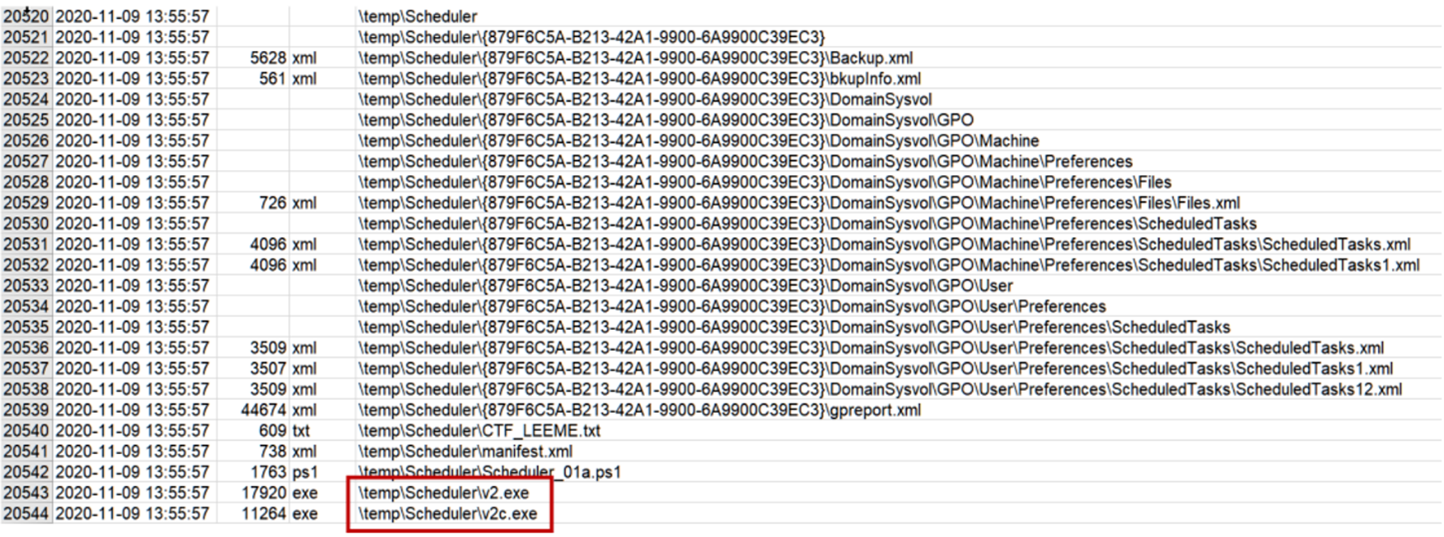
Tras comentar en el primer post de la serie algunos detalles sobre la nueva versión de OWASP Top 10, y en el segundo la nueva categoría A08, fallos de integridad del software y de los datos, en este tercer y último post vamos a analizar la categoría A10: Falsificación de solicitudes del lado del servidor (Server-Side Request Forgery, SSRF), así como las posibilidades de mitigación de este tipo de vulnerabilidades.
A10: Falsificación de solicitudes del lado del servidor (Server-Side Request Forgery, SSRF)
Se está en riesgo de sufrir ataques SSRF cuando una aplicación permite obtener un recurso remoto sin validar la URL que proporciona el usuario. Este tipo de ataque puede evitar la protección que brinda el cortafuegos, la VPN o los controles de acceso.
Por ejemplo, cuando una aplicación permite especificar una URL a la que será redirigida la petición inicial, si no filtramos la URL a la que se redireccionará, el atacante podría aprovechar para indicar una dirección cualquiera.
[Read more…]






